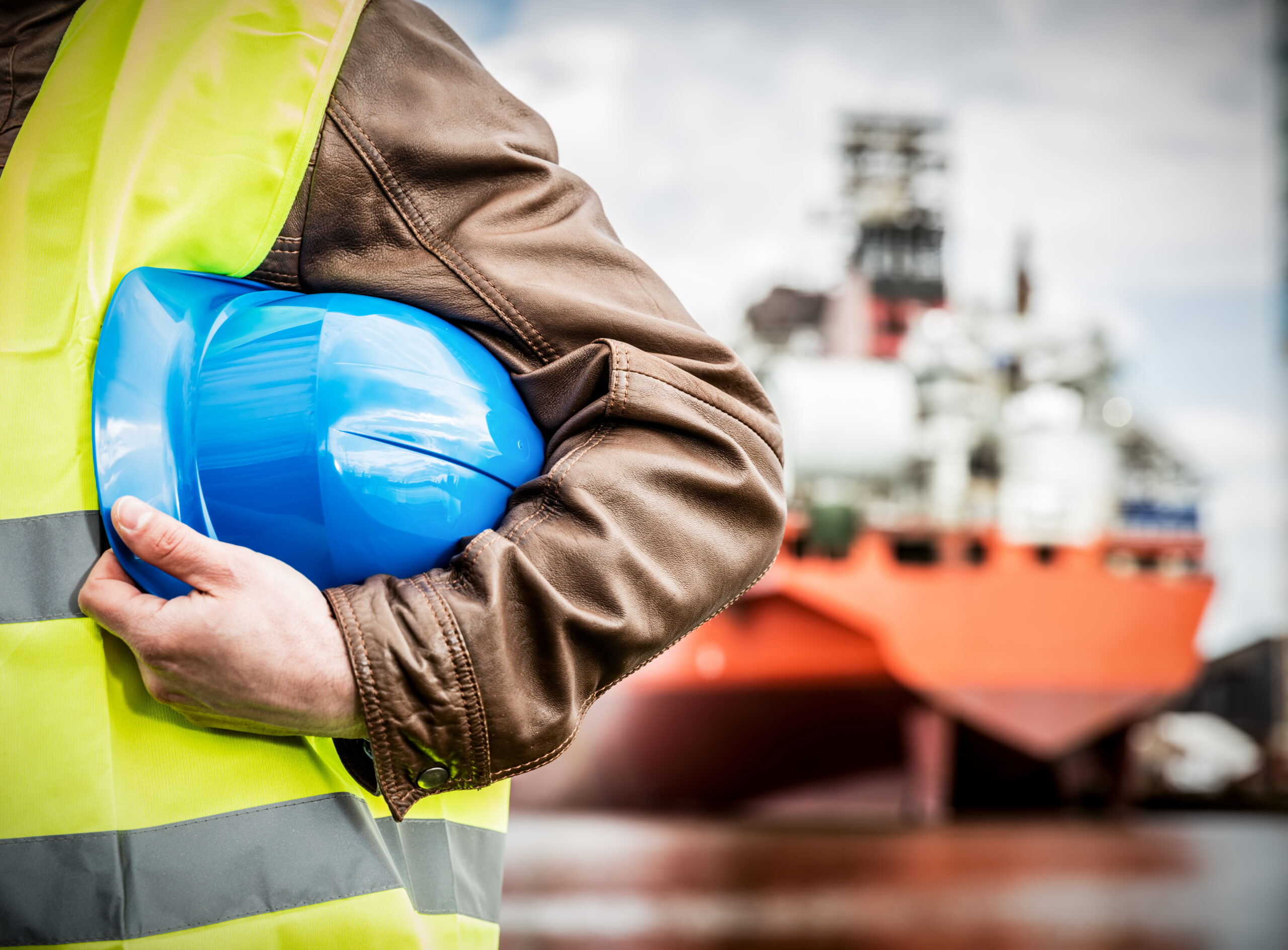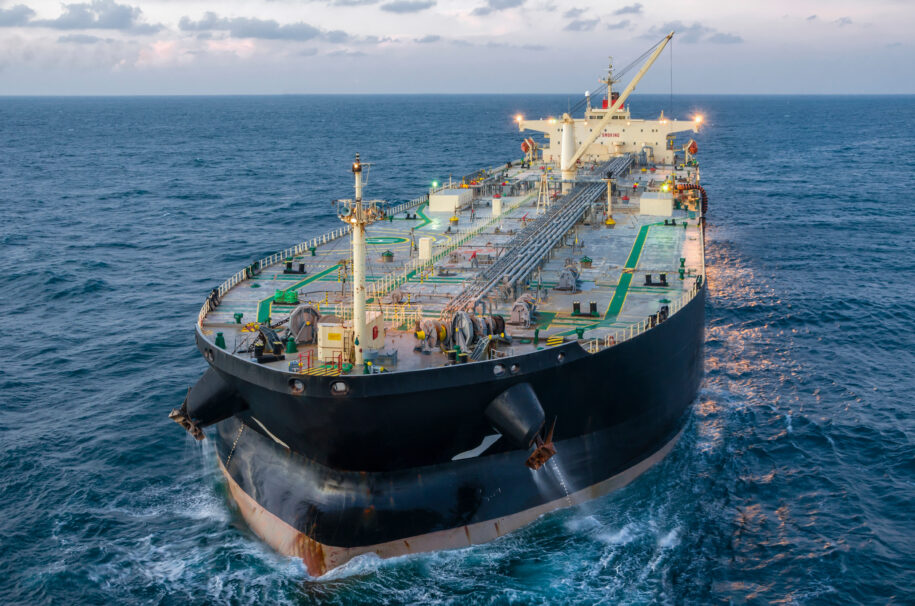
Will SIRE 2.0 Implementation Be Effective in the Future? A Critical Analysis
The shipping industry has long awaited the introduction of the SIRE 2.0 implementation, and now that it’s been over 45 days since its rollout, it’s time to critically assess whether it will lead to meaningful change or if it’s just another case of “old wine in a new bottle.”
The Promise of SIRE 2.0 Implementation
When the SIRE 2.0 implementation was first announced, there was significant anticipation within the industry. One of the main promises was that it would make the inspection process more comprehensive and structured, with a focus on both positive and negative observations. The inclusion of “Positive Observations” was particularly well-received, as it was expected to offer a balanced view of a ship’s operational standards. This approach would highlight not just areas for improvement, but also what is being done well.
The aim of SIRE 2.0 implementation was to shift the focus from only deficiencies to recognizing positive practices that contribute to the safe and efficient operation of ships. After all, vessels operate safely each day due to the good practices followed by the crew — yet these often go unnoticed.
The Reality After Two Months
However, after 45 days under the new regime, the reality doesn’t quite match the optimistic expectations. While the number of inspections and observations has increased, the number of positive observations remains disappointingly low — with a current ratio of zero positive to 35 negative observations in seven inspections.
This raises the central question: Has the SIRE 2.0 implementation truly led to meaningful change? Based on current feedback, the answer seems to be “not much.” The change in the categorization of observations results in a higher number of points raised, but this hasn’t translated into a proper focus on the positives. Instead, it often feels like a more meticulous and labor-intensive version of the previous inspection regime, where the emphasis is still primarily on fault-finding.
The Danger of Fault-Finding
While identifying areas for improvement is crucial, it’s equally important to recognize that the foundation of safety in the shipping industry lies in the numerous positive practices that crews and operators follow every day. These practices ensure that ships operate without incidents — yet they are often overlooked during inspections.
An inspection system that focuses solely on shortcomings, without acknowledging the positives, can be demotivating for the crew, making them feel undervalued despite their good work. This can result in decreased morale, which may ultimately affect safety standards and overall operational effectiveness.
Will SIRE 2.0 Implementation Be Effective Going Forward?
So, what’s the future of SIRE 2.0 implementation? The potential is there for it to be a game-changer, but this will only be possible if the inspection process undergoes a fundamental shift.
- Equal Focus on Positive Observations: A more balanced approach is needed during inspections, one that gives equal weight to both positive and negative observations. Acknowledging good practices will not only boost morale but also allow best practices to be shared across the industry.
- Motivating the Crew: Recognizing positive observations is not just about rewarding the crew — it’s about reinforcing the behaviors that contribute to safety and efficiency. Motivation is key to maintaining high standards, and a more supportive inspection approach could encourage even greater efforts from the crew.
- Long-Term Impact: Although the process may require additional time and effort, the ultimate goal of SIRE 2.0 implementation is to improve the safety culture and the way inspections are conducted. If the focus shifts to include recognition of both strengths and weaknesses, the long-term impact could be transformative, fostering a culture of continuous improvement across the industry.
Conclusion
Currently, SIRE 2.0 implementation risks becoming just a more complex version of its predecessor if it continues with its fault-finding focus. The system must evolve to embrace a more holistic approach that recognizes both positives and negatives. If this change can be made, there’s every reason to believe that SIRE 2.0 implementation will be effective in the future. Without this shift, however, it may prove to be a lot of effort with little long-term value.
Ultimately, SIRE 2.0 implementation has the potential to be a catalyst for positive change. Its success will depend on how well it adapts to the needs of the industry and the people who drive it — the crew and operators who ensure safe and efficient operations every day. The key will be finding the right balance between improvement and motivation.
